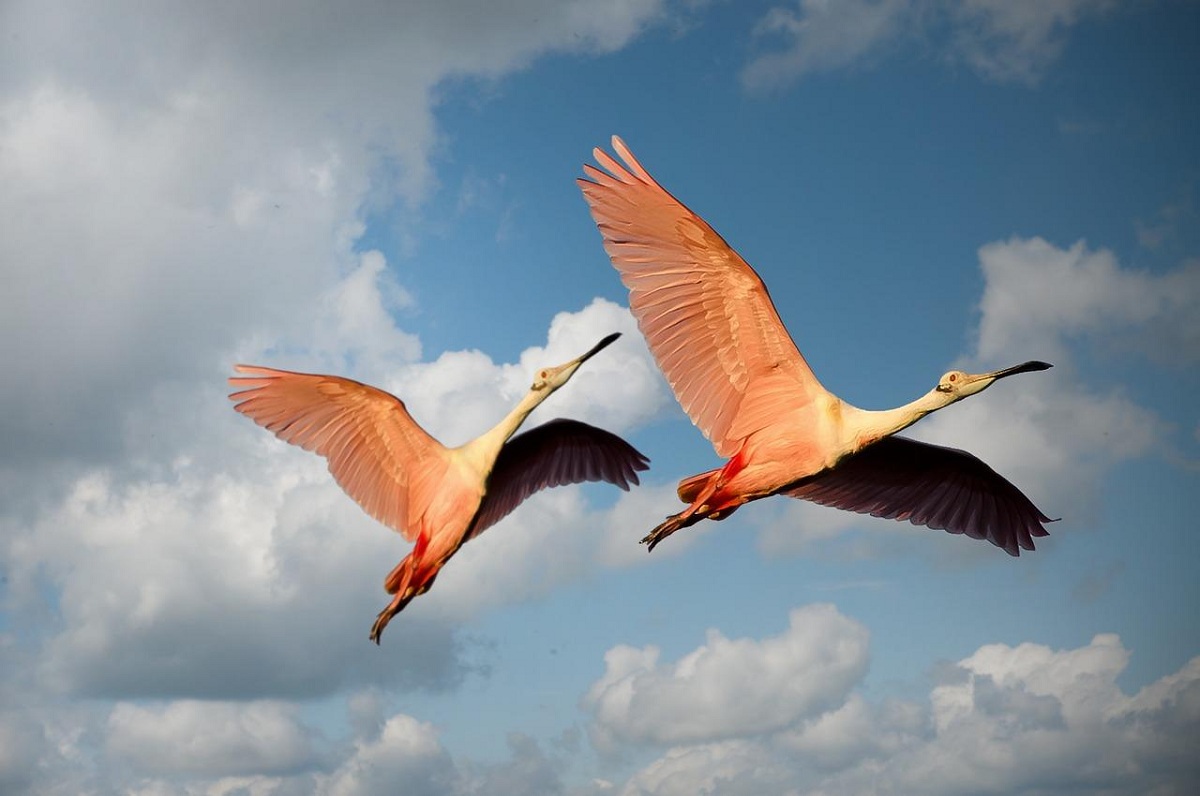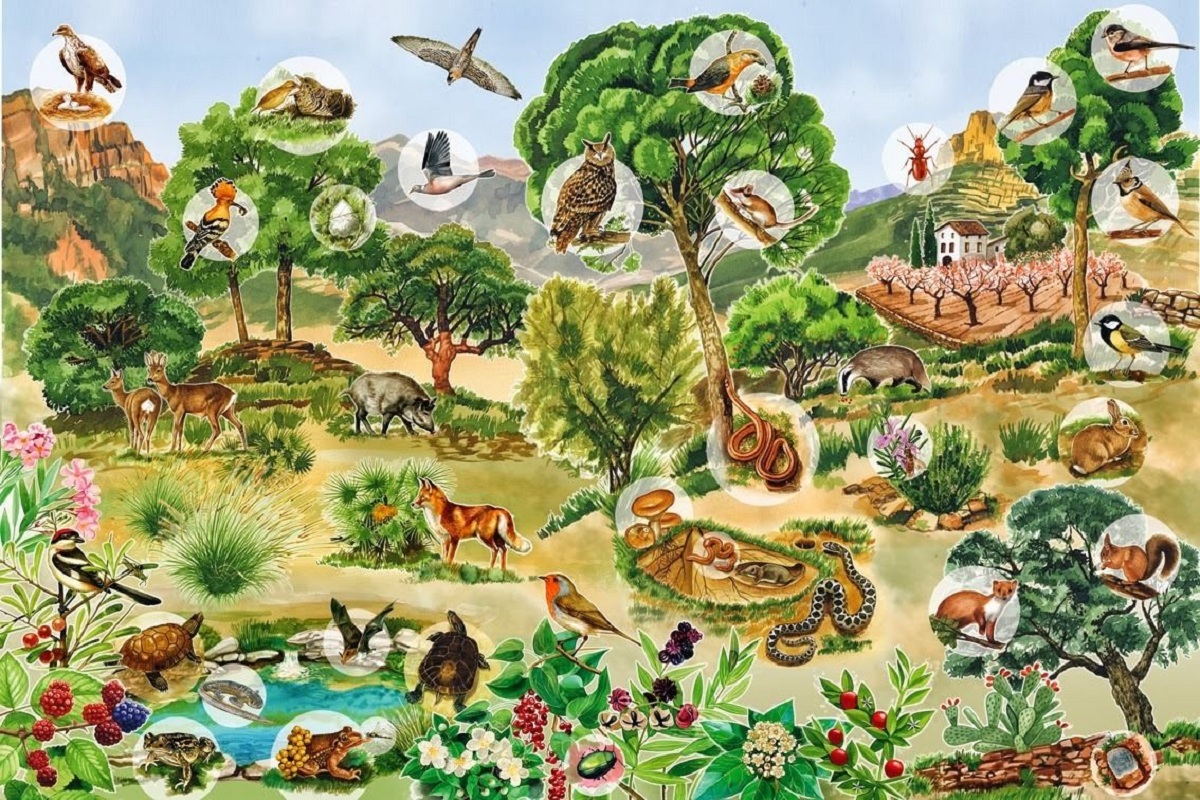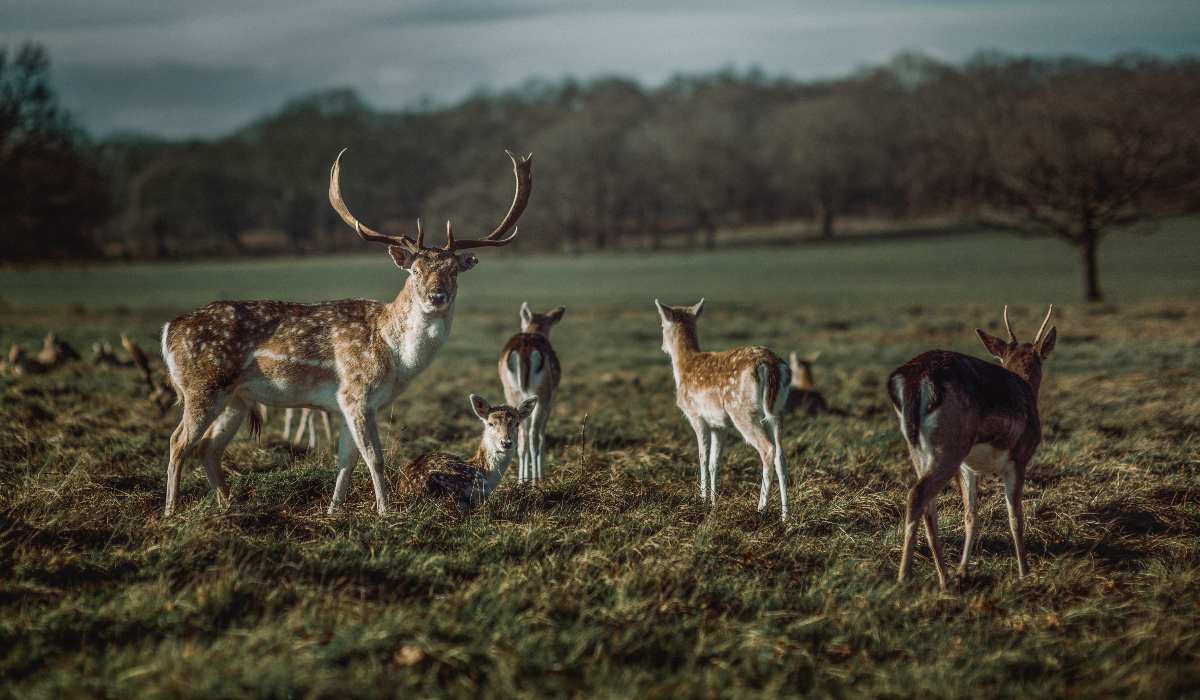
Throughout the history of our planet there have been a multitude of living beings that have and have had different characteristics that make them unique to each place. The evolution of life has allowed us to distinguish and a great variety of living beings today. Each and every one of the living beings that inhabit the planet come from a common ancestor. It is this fact that has allowed scientists to know the characteristics and distinguish various functions. This is where the vital functions of living beings. They are those biological processes that allow all groups to grow and survive in different ecosystems.
In this article we are going to tell you about the vital functions of living beings and the importance of each of them.
What are the vital functions of living beings

When we refer to the vital functions of living beings we are pointing to all the biological functional characteristics shared by each and every one of the beings that are considered alive. When we point to inert beings we see that have characteristics and are not modified by themselves, but they need an external agent for it to happen. However, living beings have complex functions that will be modified throughout their growth and development.
The vital functions of living beings are those that allow them to survive and maintain a constant relationship with the environment. We know that organisms have a level of organization of molecules that is quite complex but necessary for life to exist as we know it. The relationship with the environment of any living being is fundamental. This relationship establishes interactions with its ecosystem, individuals of the same species and with other different species, be it flora or fauna.
What are the vital functions of living beings

As different as the living things on our planet may seem, they all share vital functions. It could be said that the vital functions of living beings are reduced in the following:
- Born: every living being is born from another living being. Being born is the beginning of life. Without this function, living beings could not exist.
- Breathe: respiration is essential for the exchange of gases with the atmosphere. Most living organisms on our planet consume oxygen and release carbon dioxide.
- Feed: food is the process used to develop and survive.
- Adapt to the environment: dating is a fairly complex process involving a multitude of variables. Ecosystems and natural habitats have various characteristics that make living beings have to adapt to this place in order to survive. Organisms that do not adapt end up disappearing.
- Grow up: growth is part of the development of a living being. As we have been developing more powerful features to adapt to the environment.
- Breed: it can be said that it is the last vital function since the main objective of a species is to perpetuate it. To start the cycle again is an unwritten goal that all living things have.
These vital functions are often summarized in nutrition, relationship, and reproduction. However, it is too simple a way to encompass everything that each of the vital functions of living beings have.
Description of the vital functions of living beings

We are going to make a description of the main vital functions of living beings and detail their characteristics.
Nutrition
It is the first function that allows individuals to grow and develop through the division of necessary nutrients. These nutrients are incorporated into the body to develop organs and tissues. They can follow an autotrophic diet, which is the nutrition of plants and vegetables, or a heterotrophic diet. All the processes that take place during nutrition establish complex networks known as trophic chains. Food chains reign in ecosystems and are the basis of food.
Within this vital function we find some respiratory processes by which living beings can obtain the necessary energy so that the enzymes of the cells can work. Thanks to processes such as photosynthesis and respiration, many living beings such as plants can transform various inorganic nutrients into organic components. Some of the most used inorganic components are water and light and they are transformed into carbon compounds.
Relationship
It is the second most important vital function of living beings. It is also known by the name of interaction and it is what allows living beings to survive in an environment in which they receive information and respond to it. For example, if we analyze the relationship function in plants we see that it is based on the response to various chemical stimuli by which they are able to respond to them and survive. Chemical stimuli are received through the roots, stems, and leaves. An example of this is a water shortage situation. When water is scarce in the environment, plants are able to close stomata to prevent water loss through evaporation.
It could be said that the function of the animal relationship is one that includes the participation of organs that make sense and a complex nervous system. Thanks to the nervous system are capable of having the ability to communicate between living beings and being able to respond to environmental changes in different ways. This also includes the process of adaptation to the environment by which various species, throughout destruction, optimize their organs and functions to better survive in the environment.
Reproduction
It is the last of the vital functions of living beings. It can be said that it is an unwritten goal that all living things have. It is this function that allows multiplying the number of individuals that exist of each species and creating new generations. It is through these generations that genetic information is transmitted.
There are many forms of reproduction and they are included in: sexual reproduction and asexual reproduction. In the first, the intervention of two individuals of different sexes is necessary, while in the second it is not necessary. Some living beings can alternate both processes of reproduction depending on its characteristics, the conditions of the environment where it is developed and the stage in which it is.
I hope that with this information you can learn more about the vital functions of living beings and their importance.